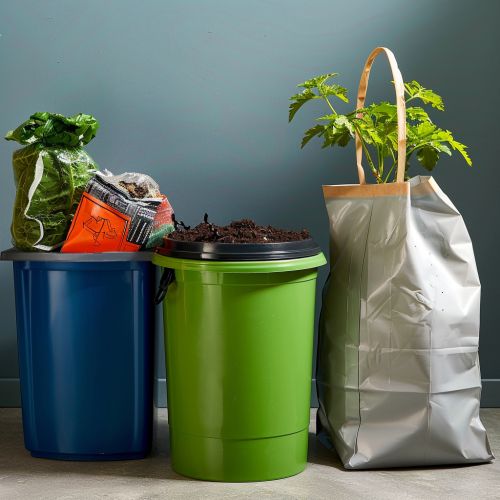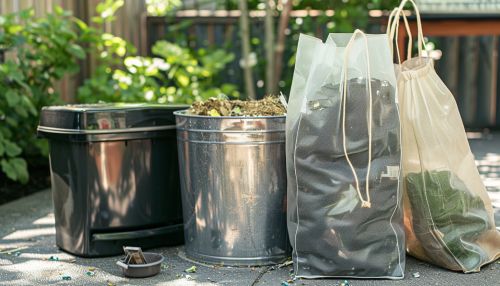Waste Reduction
Introduction
Waste reduction, also known as waste prevention or waste minimization, refers to the process and activities that reduce the amount of waste produced by individuals, organizations, or societies Waste. This is achieved through a variety of methods, including reducing the use of unnecessary materials, reusing items, recycling, and composting. The ultimate goal of waste reduction is to minimize the impact of waste on the environment, conserve natural resources, and reduce the cost of waste management.
Importance of Waste Reduction
Waste reduction is a crucial aspect of sustainable development and environmental conservation. It helps in conserving natural resources, reducing pollution, saving energy, and reducing the demand for waste treatment facilities Sustainable Development. Moreover, waste reduction also has economic benefits as it can lead to cost savings for individuals, businesses, and governments.
Methods of Waste Reduction
There are several methods of waste reduction, each with its own advantages and disadvantages. These methods can be broadly classified into four categories: source reduction, reuse, recycling, and composting.
Source Reduction
Source reduction, also known as waste prevention, involves designing products to reduce the volume of waste that will later need to be thrown away and also to make the resulting waste less toxic Source Reduction. This can be achieved by changing the design, manufacture, purchase, or use of materials or products. For example, using a refillable water bottle instead of buying bottled water can significantly reduce the amount of plastic waste.
Reuse
Reuse involves using a product more than once, either for the same purpose or for a different purpose. Reusing items by repairing them, donating them to charity and community groups, selling them, or giving them to someone else can help to reduce waste Reuse.
Recycling
Recycling involves the collection and processing of waste materials into new products. This reduces the consumption of fresh raw materials, energy usage, air pollution, and water pollution compared to the production of new products from raw materials Recycling.
Composting
Composting is a natural process that turns organic material like vegetable scraps and leaves into a nutrient-rich soil conditioner. It reduces the amount of garbage that needs to be transported and disposed of and enriches the soil in gardens and landscapes Composting.
Challenges in Waste Reduction
Despite the numerous benefits of waste reduction, there are several challenges that hinder its full implementation. These include lack of awareness, inadequate infrastructure, lack of policy support, and economic factors.
Waste Reduction Strategies
Effective waste reduction strategies require a comprehensive approach that includes education, policy development, and the provision of appropriate facilities and services. These strategies should be tailored to the specific needs and circumstances of each individual, organization, or community.
Conclusion
Waste reduction is a critical component of sustainable development and environmental conservation. Through various methods such as source reduction, reuse, recycling, and composting, waste reduction can significantly reduce the impact of waste on the environment and contribute to the conservation of natural resources.


